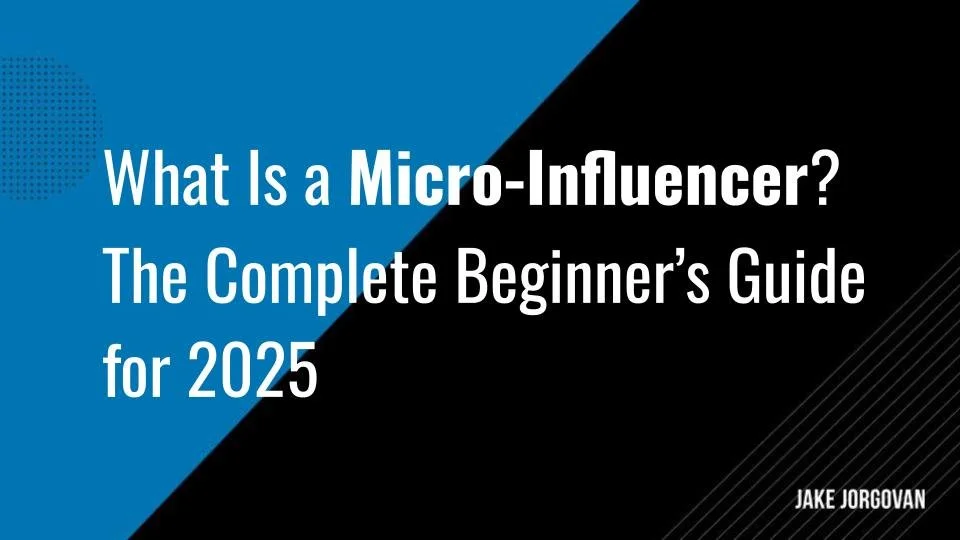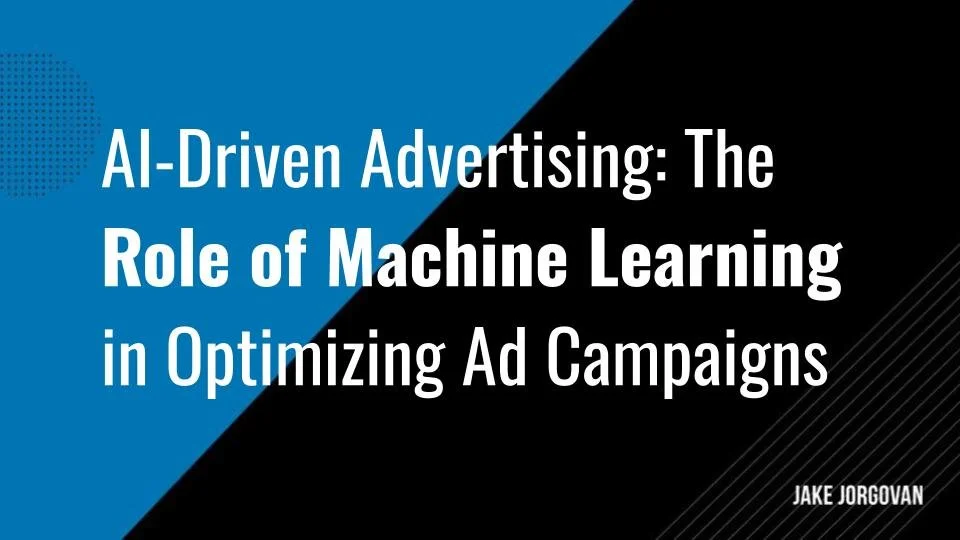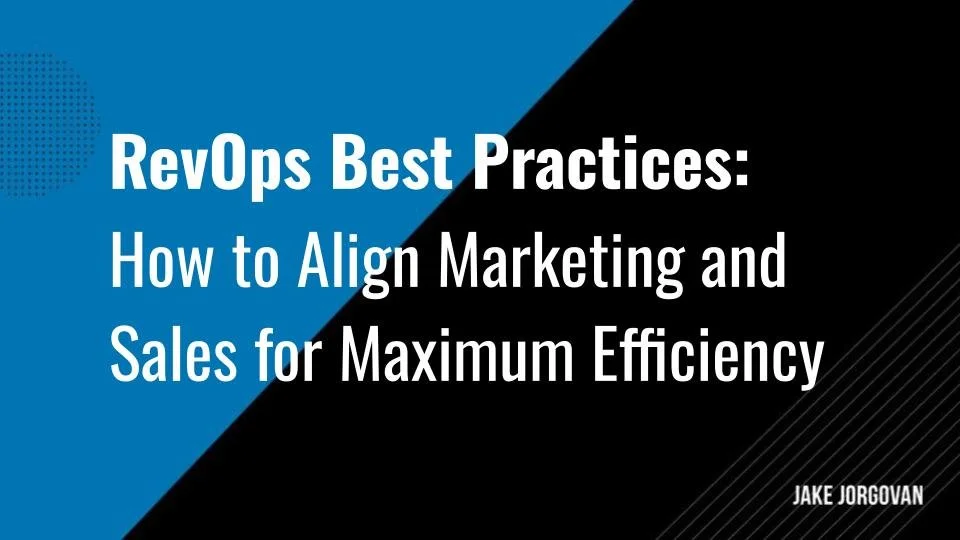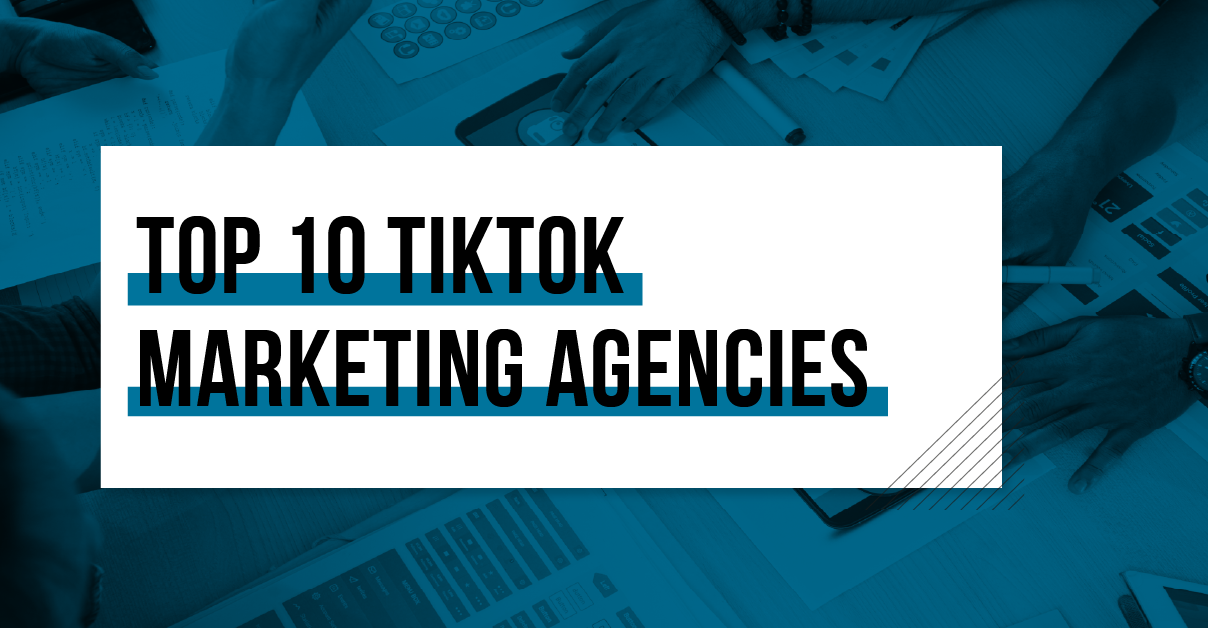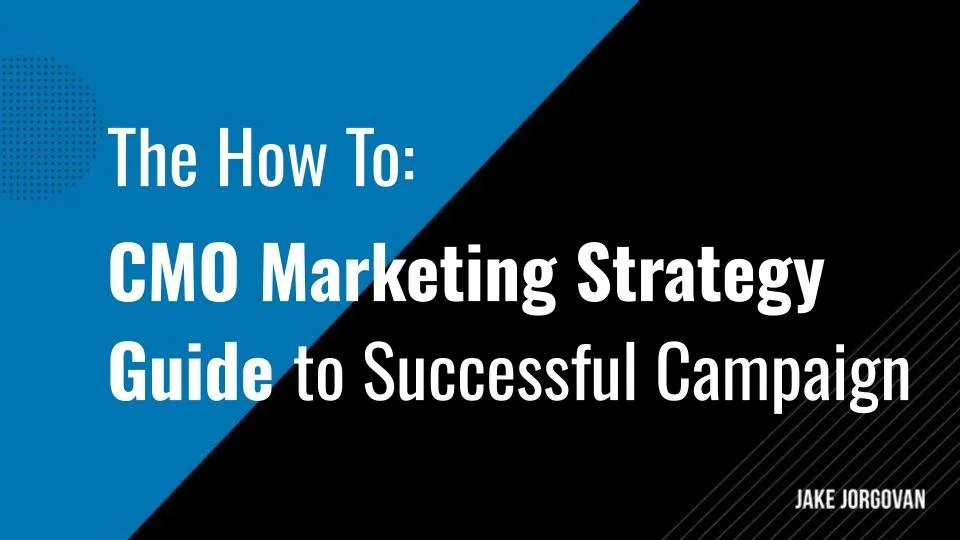Native Advertising: How to Blend Ads Seamlessly Into Content
Native advertising is a form of paid media that seamlessly integrates promotional content into the natural flow of editorial material.
This approach enhances user experience by aligning ads with the platform's organic content, making them less intrusive.
Did you know?
In 2020, U.S. native digital display ad spending reached $52.75 billion, up from $16.68 billion in 2016.
By 2025, the global native ad market is projected to be worth $400 billion, a 372% increase from 2020.
The explanation is simple:
By harmonizing with the editorial styles and themes of the hosting platform, native ads foster a smoother, more engaging content interaction that aligns closely with user behavior and preferences.
Keep reading to see how native advertising boosts engagement and aligns with user expectations without disrupting content flow.
Ready to elevate your marketing game? Check out these top 30 advertising agencies. They’re all great at native advertising, but each has its own strengths. Contact your favorite today and start scaling your advertising ROI.
What Is Native Advertising?
Native advertising seamlessly integrates promotional content into platforms like social media, news feeds, and video streaming services, aligning with the platform's editorial styles and user experience.
“Nobody reads ads. People read what interests them. Sometimes it’s an ad”. - Howard Gossage, Advertiser 1917-1969
For instance, on social media platforms, in-feed ads appear alongside organic posts, matching the format and style of regular content.
A notable example is Facebook's Sponsored Stories, where ads are presented within the user's news feed, mirroring the appearance of standard posts.
Here’s an example of a story that appears when a friend interacts by liking a Page:
Similarly, on video streaming services, native video ads are integrated into the content stream, providing valuable content that resonates with the target audience without interrupting their viewing experience.
This seamless integration enhances engagement rates and conversion rates by delivering promotional content in a format that users are accustomed to. This improves the overall effectiveness of the native advertising campaign.
That brings us to the next point:
Benefits of Native Advertising
Native advertising offers several advantages over traditional advertising methods:
Higher engagement rates: By blending seamlessly into content feeds, native ads achieve a 53% higher viewability rate compared to traditional display ads.
Improved brand perception: Delivering relevant and valuable content enhances brand affinity. Studies indicate an 18% increase in purchase intent when consumers interact with native ads over banner ads.
Resistance to ad blockers: Native ads are less likely to be blocked, ensuring broader reach. This non-disruptive approach aligns with user preferences, making native advertising a more effective method in the current digital advertising environment.
These benefits underscore why native advertising is becoming a cornerstone of effective digital marketing strategies, circumventing the limitations of traditional advertising.
Types of Native Advertising
Native advertising comes in various forms, each designed to blend seamlessly with the content on a platform.
More importantly, they all offer value to readers while promoting a brand or product.
Let’s explore:
1. In-Feed/In-Content Ads
In-feed and in-content ads are native advertising formats that integrate promotional content directly within a platform's editorial flow.
In-feed ads appear within content feeds, such as social media feeds or news websites, matching the style and format of surrounding content.
In-content ads are placed within a single piece of content, like a news article, blending seamlessly with the editorial content.
Both formats aim to provide a non-disruptive user experience by aligning with the platform's natural content environment.
Here's an example of an in-feed ad from PayPal featured on Entrepreneur.com.
2. Content Recommendation Ads
Content recommendation ads, also known as content recommendation widgets, are native advertising formats that appear at the bottom of news articles or content pages.
They provide users with a list of related articles or products, often labeled as "sponsored" or "promoted."
For instance, after reading a news article, a reader might encounter a section titled "You May Like," featuring links to external articles or products.
This approach leverages user behavior and content relevance to drive traffic and conversions.
3. Branded/Native Content
Branded content, also known as native content, is a marketing technique where advertisers create content that aligns with the editorial style of the platform, providing value to the audience while subtly promoting the brand.
Unlike traditional advertisements, this form of advertising focuses on storytelling and engaging the audience through high-quality, relevant content.
Examples:
Spotify & Netflix's "Stranger Things" Playlist Integration: Spotify collaborated with Netflix to create playlists that matched the musical tastes of characters from "Stranger Things," offering users a personalized experience that promoted the show's new season.
The New York Times & Allbirds' "The World’s Most Comfortable Shoe" Article: Allbirds partnered with The New York Times to publish an article discussing sustainable materials in footwear, subtly highlighting their eco-friendly shoes within the editorial content.
BuzzFeed & Purina's "10 Signs You're a Crazy Cat Person" Listicle: Purina teamed up with BuzzFeed to create a humorous listicle that resonated with cat owners, naturally integrating their brand into shareable content.
How to Design Effective Native Ads
To design effective native advertisements that resonate with target audiences, consider the following best practices:
Understand audience behavior and preferences: Analyze user behavior to tailor content that aligns with their interests. For instance, 70% of internet users prefer learning about products through content rather than traditional ads.
Ensure seamless integration: Align the ad's format and style with the platform's editorial content to maintain a non-disruptive user experience. This approach can lead to a 53% higher viewability rate compared to traditional display ads.
Provide high-quality, relevant content: Deliver valuable content that addresses the audience's needs and interests. Native ads that include rich media can boost conversion rates by up to 60%.
Utilize data-driven targeting: Leverage first-party data and contextual signals to deliver personalized content, enhancing engagement and conversion rates.
Maintain transparency: Clearly label native ads to preserve editorial integrity and build trust with the audience.
Insider tip: Dig into platform analytics to discover content gaps where native ads could offer unique value. Identify trending topics where users engage heavily but see limited sponsored content. Position your ads in these spaces, meeting audience demand precisely where regular content falls short.
Native Advertising Campaign Examples
Here are several examples of successful native advertising campaigns:
1. Samsung's "A Sign of the Times" Campaign
This campaign was featured on CNN and effectively combined video, audio, and interactive elements in a native content format, enhancing accessibility and engagement.
It showcased Samsung's commitment to inclusivity with products like their accessible TV screens, blending a personal story with product promotion.
2. IBM's Use of Watson in the Legal Sector
IBM utilized native advertising to highlight Watson's capabilities in handling vast amounts of legal data, effectively positioning their AI as an essential tool for the legal industry.
This campaign was informative and seamlessly integrated IBM's technological solutions into a compelling narrative for legal professionals.
3. LinkedIn and Microsoft
Promoting online educational courses, LinkedIn and Microsoft capitalized on their native ad strategies to reach professional audiences likely to invest in career advancement through learning.
This approach not only drove traffic but also reinforced the brands as leaders in professional development.
4. Mercedes-Benz's "The Rise of the Superhuman" on The Washington Post
Mercedes-Benz sponsored an article exploring advancements in human performance and technology.
The content was informative and aligned with the brand's innovative image, demonstrating that native ads could enhance brand positioning by associating with forward-thinking topics.
5. National Geographic and DHL
DHL partnered with National Geographic to produce a documentary-style video about conservation efforts to save big cats.
This collaboration leveraged National Geographic’s credibility and extensive reach, providing content that extended beyond simple product promotion and emphasized real-world impact
Are Native Ads Ethical?
Native advertising's effectiveness hinges on its seamless integration into editorial content, but this raises ethical concerns about transparency.
A study found that 27% of readers misidentified native ads as editorial content, even when labeled as "Sponsored Content."
This misidentification can erode trust in both the publisher and the advertiser.
To maintain editorial integrity and uphold ethical standards, it's imperative to implement clear and conspicuous labeling of native advertisements.
The Federal Trade Commission (FTC) advises that disclosures should be unambiguous and easily noticeable to prevent consumer deception.
“A basic truth-in-advertising principle is that it’s deceptive to mislead consumers about the commercial nature of content. Advertisements or promotional messages are deceptive if they convey to consumers expressly or by implication that they’re independent, impartial, or from a source other than the sponsoring advertiser – in other words, that they’re something other than ads.” - FTC
By ensuring transparency, advertisers can respect user experience while effectively conveying their marketing messages.
Future of Native Advertising
The future of native advertising is set to evolve with advancements in augmented reality (AR) and virtual reality (VR).
These technologies offer immersive experiences that enhance user engagement.
For instance, the VR advertising market is projected to reach $186.1 million by 2029, indicating growing adoption.
Additionally, the integration of voice assistants into native advertising strategies is becoming more prevalent.
Brands are optimizing content for voice search, aligning with the rise of voice-activated devices.
Remember: Despite these technological advancements, transparency and ethical practices are still important. Clear labeling of native ads helps avoid misleading consumers and builds trust. As digital marketing evolves, balancing innovation with ethics will help sustain consumer confidence in native advertising.
Native Advertising: Merging Innovation with Integrity for Deeper Consumer Engagement
This article highlighted how native advertising seamlessly integrates into editorial content, offering a less intrusive user experience while driving engagement through high-quality content.
Native advertising's ability to resonate deeply with target audiences contributes significantly to its effectiveness, as evidenced by its solid growth in market value and the high engagement rates it achieves.
Despite these advantages, native advertising must navigate ethical considerations, particularly in maintaining transparency to avoid deceiving users.
With the evolution of digital marketing technologies like AR, VR, and voice assistants, the future of native advertising looks promising.
Yet, the continued emphasis on ethical practices and clear labeling remains fundamental to sustaining consumer trust and maximizing the potential of native advertising strategies.
That’s why you should be wary of who you’re choosing as your advertising agency. If you want effective, data-driven, AND ethical native ads for your brand, browse this list of best advertising agencies first.
🎯 Ready to learn more? Recommended reads:
Frequently asked questions
What is native advertising, and why is it controversial?
Native advertising seamlessly integrates promotional content into editorial content feeds, closely aligning with the natural content users engage with on social media platforms, news websites, and content recommendation widgets. Some audiences struggle to distinguish native advertisements from organic content, leading to confusion and potential misinterpretation.
Are promoted listings native advertising?
Yes, promoted listings are a form of native advertising, especially common on e-commerce platforms and third-party platforms. They display product images and promotional content directly within the organic content stream, often marked as “Sponsored.”
Are Google ads native ads?
Google search ads are typically not considered native ads because they are prominently marked as advertisements within search results rather than seamlessly blending into the surrounding content. However, some ads on Google’s display network could align more closely with native advertising formats as they integrate into content feeds across partner websites. These types of native ads appear as recommended content, subtly aligning with the content's look and feel.
What is another name for native advertising?
Native advertising is also referred to as “sponsored content” or “content recommendations.” These terms highlight its role in promoting valuable content that aligns with user preferences, often appearing within recommendation widgets or content feeds.
How do you spot native advertising?
Native advertising often appears in the natural flow of content, blending with editorial styles and closely resembling organic content. To spot it, look for subtle labels like “Sponsored” or “Promoted,” especially in news feeds, content recommendation widgets, and social media feeds. While native ads align with the style of their platforms, regulatory guidelines require clear labeling to distinguish promotional content from regular posts.
How effective is native advertising?
Native ads achieve higher engagement rates and conversion rates than traditional display ads. This form of advertising creates a more enjoyable user experience, reaching niche audiences naturally and building long-term customer loyalty. Additionally, native ads that leverage first-party data and contextual signals show improved campaign performance.
Are native ads paid?
Yes, native ads are a form of paid media designed to align with regular content on native advertising platforms. Paid placements in native formats ensure that brands achieve measurable marketing goals, often enhancing brand affinity among potential customers.























